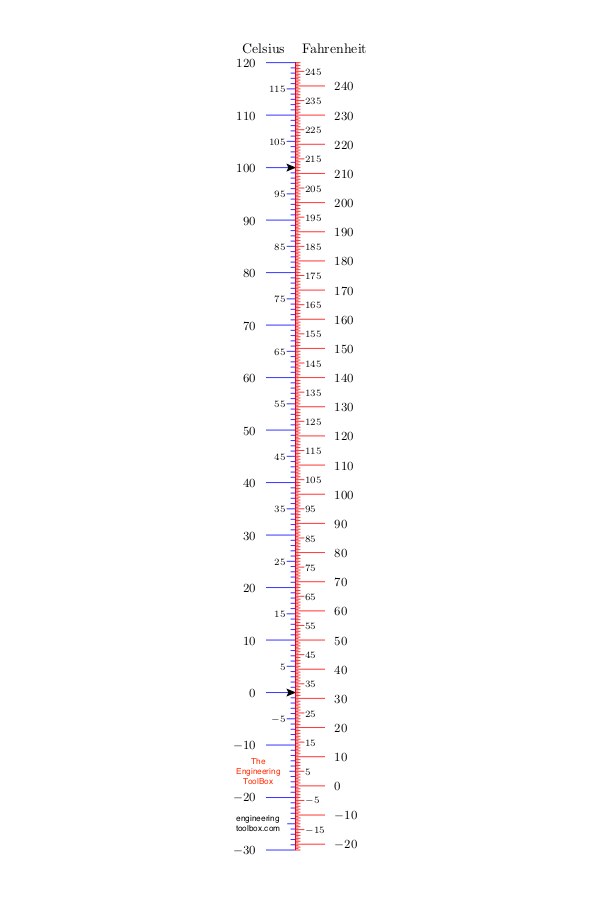

Recall that kinetic energy is the energy of motion, and that it increases in proportion to velocity squared. Since heat, like work, transfers energy, it has the SI unit of joule (J).Ītoms and molecules are constantly in motion, bouncing off one another in random directions. This is because we are sensitive to the flow of energy by heat, rather than the temperature. For example, we may say that the heat was unbearable, when we actually mean that the temperature was high. Temperature is literally defined as what we measure on a thermometer. Temperature is defined in terms of the instrument we use to tell us how hot or cold an object is, based on a mechanism and scale invented by people. Heat is the transfer of energy due to a temperature difference.

It is tempting to say that temperature measures heat, but this is not strictly true. What is temperature? It’s one of those concepts so ingrained in our everyday lives that, although we know what it means intuitively, it can be hard to define.
#CONVERSION CHART CELSIUS TO FAHRENHEIT BODY TEMPERATURE MANUAL#
In addition, the High School Physics Laboratory Manual addresses content in this section in the lab titled: Thermodynamics, as well as the following standards: (E) describe how the macroscopic properties of a thermodynamic system such as temperature, specific heat, and pressure are related to the molecular level of matter, including kinetic or potential energy of atoms.The Learning Objectives in this section will help your students master the following standards:


 0 kommentar(er)
0 kommentar(er)
